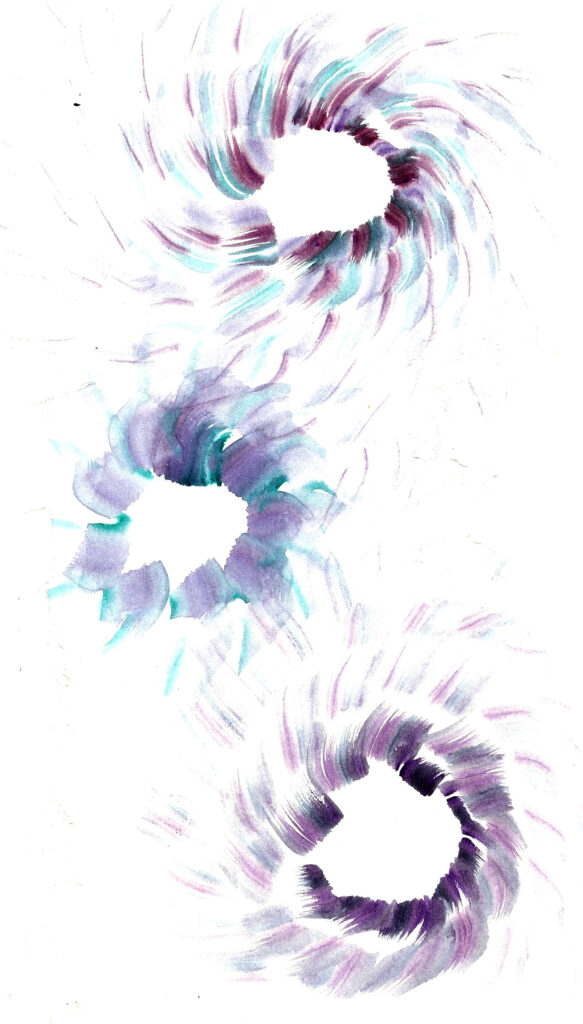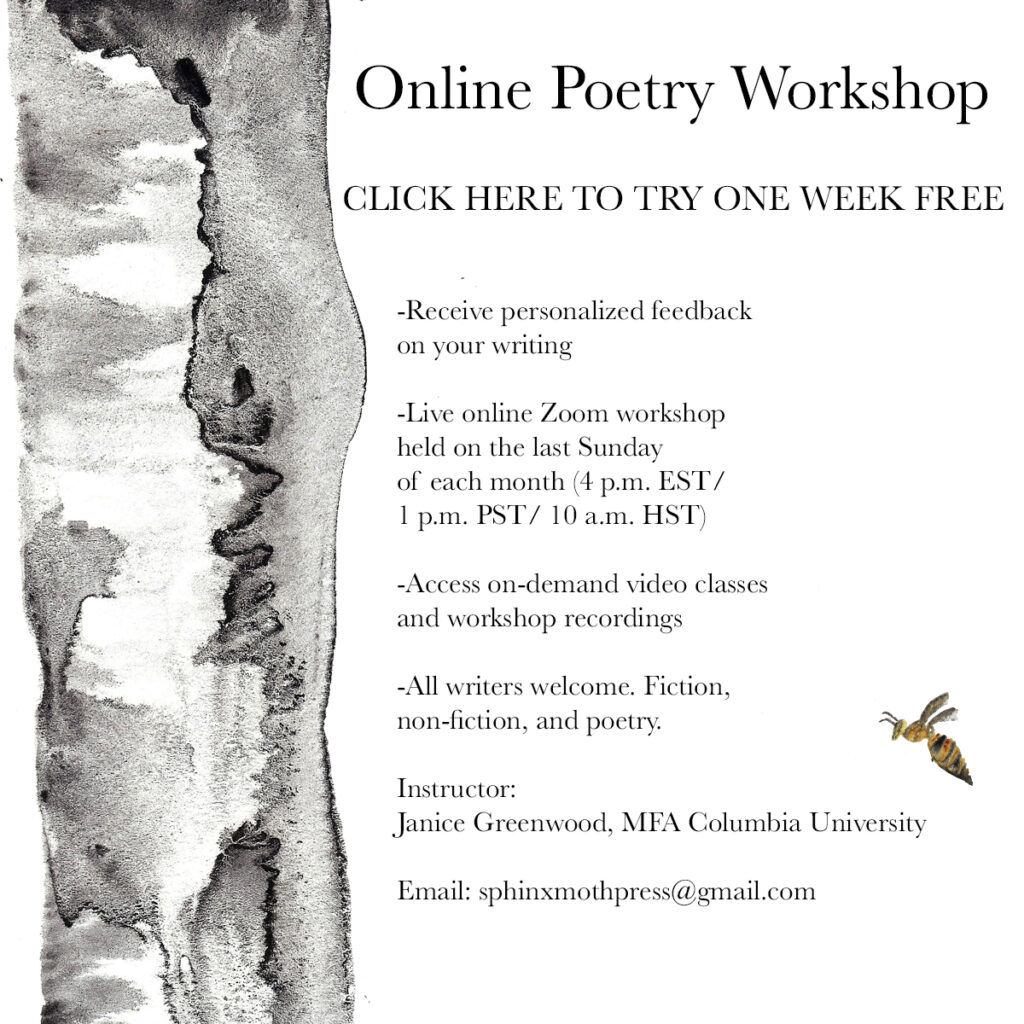Poems for meditation, like meditation itself, invite the reader into the ambiguity and flux of the present moment. Come, Thief by Jane Hirshfield is a book of poems for meditation that captures the complexity of consciousness, the brevity of the present moment, and the changeable nature of “now.”
I know I’ve found a good poetry book when it takes me months to read it. (Most poetry books are pretty bad. I devour them in about an hour once I figure out the author’s conceit. The truth is, most poets don’t really have much to say.) I know I’ve found a good poetry book when I don’t quite have the words to write about it, when I don’t quite know what to say. Good poetry evades all paraphrase. Jane Hirshfield’s Come, Thief evades paraphrase and isn’t devoured quickly. Over the past many months, I’ve read the book up in the mountains of Manoa, where rain splattered the pages, threatening to make the pages translucent, by the sea, where sand covered the words, while sitting on my couch where sunlight dazzled the words out of existence, burning them into my mind. Hirshfield’s Come Thief is a book to be read slowly, each poem pondered like its own prayer bead. I sat with these poems, meditated upon them.
Come, Thief’s conceit isn’t particularly complex, but it is expansive. Hirshfield examines the brevity of joy, the brevity of the present moment. The thief is time. Hirshfield’s task is to observe and let change happen without attachment. Hirschfield’s subject is now, and it is consciousness itself.
Hirshfield has come to be known as a “Buddhist” poet. According to Poetry Foundation, she spent eight years studying at the San Francisco Zen Center. The patience of a person who is accustomed to sitting in silence is evident in each one of these poems. There’s an expansive consciousness in even the smallest of these poems.
The opening poem, “French Horn” reminds us that the joys in life are brief. If Buddhist philosophy teaches us that attachment is the beginning of suffering, Hirshfield’s poems attempt to capture the moment before attachment takes hold.
Hirshfield also addresses the complexities of consciousness itself, particularly the complexity of consciousness aware of itself and other beings. For instance, in the poem “First Light Edging Cirrus” she writes: “So it was when love slipped inside us. / It looked out face to face in every direction. / Then it was inside the tree, the rock, the cloud.” Perception informs everything perceived. The abundance of early love radiates onto all things seen. But there’s also a mysterious radiance that goes beyond mere perception. Hirshfield doesn’t simplify the radiance into merely the act of the observer observing. She alludes to an energy that exists between beings. The poem begins by describing the atomic weight of objects, a pure materialism found in most modern poetry. Ten to the twenty fifth “molecules / are enough / to call wood thrush or apple. A hummingbird, fewer.” Yet, Hirshfield doesn’t leave her poem in the world of atomic numbers, in the world of pure materialism. If most of what makes an atom is the pure space for energy to move through freely, Hirshfield is less interested in the atoms’ material self, than in the free space through which the energy moves. Again and again we are returned to the flux and motion of the now, the unpredictability of the present, the ambiguity of here.
Hirshfield is a master at writing about change as well. Here she describes change in “The Decision:” “…something slips through it—/ looks around, / sets out in the new direction, for other lands. / Not into exile, not into hope. Simply changed.” To look at change with non-attachment would be to call change “simply changed.” To write a poem is itself the act of attaching to a thing, to a story. Hirshfield manages to capture that struggle in her language, and through the language, free herself.
The bounty of these poems is the simplicity of the observation, expanded slowly into the mysterious and lucid. In her poem “A Day is Vast” Hirshfield writes: “A day is vast. / Until noon. / Then it’s over.” Something is always just slipping away from us. Something is always just arriving. And just when we’ve had enough time to notice it, it’s already half gone. Hirshfield has managed to capture in Come, Thief the closest approximation to representing meditation in poetry. Hirshfield feels deeply into consciousness, her subject, as in “Building and Earthquake,” where she writes, “Who thought that the fear was the meaning / when being able to feel the fear was the meaning.”
Hirshfield’s book of poetry has been written about as a testament to her Buddhist faith. See the review of the book in Orion. If this is a book of faith, it is a testament to faith in the present moment, a testament to the power and expansiveness of right now.
Perhaps the greatest praise is inspiration.
I know a poetry book is good when it inspires me to write. I wrote Corvid one morning while reading Come, Thief. I’ll leave with that.

Corvid
It was a lost year, anyway
So we put the bird feeder inside the house.
Let the floor go to seed.
We kept the window open
And the trades blew through.
A bird flew inside. Then another.
One got lost
Under the ceiling fan, spinning,
Until exhausted it landed
At the feet of the Buddha
I’d put on a platform over the kitchen table
Where we had laid out
The mangoes and the breadfruit.
And there they sat: bird and Buddha.
Until the bird came to its senses,
Saw the opened window,
And flew outside.

About the Writer
Janice Greenwood is a writer, surfer, and poet. She holds an M.F.A. in poetry and creative writing from Columbia University.
